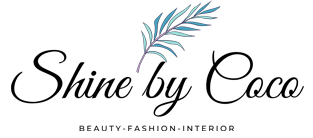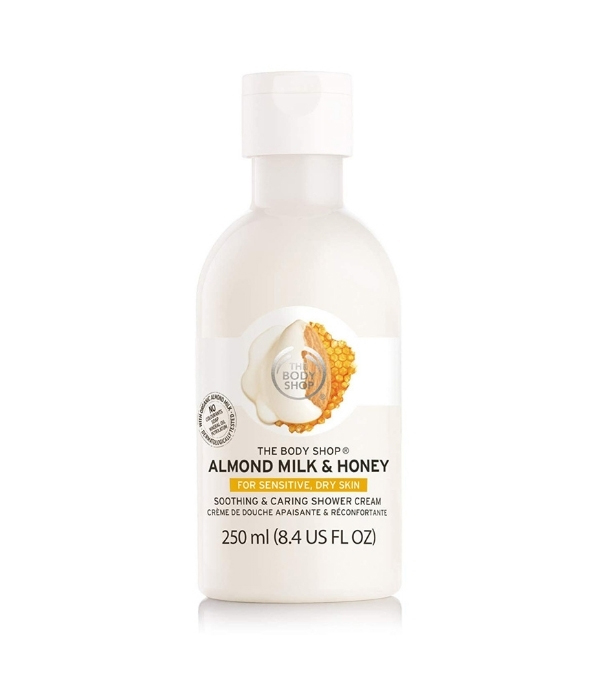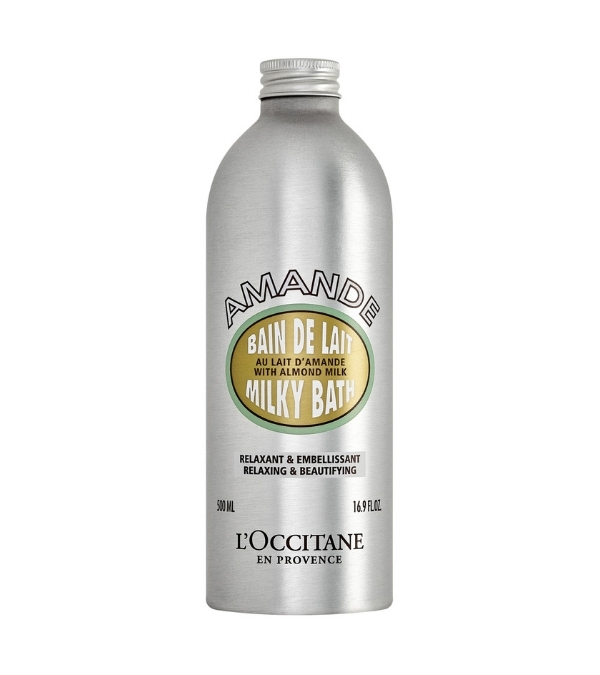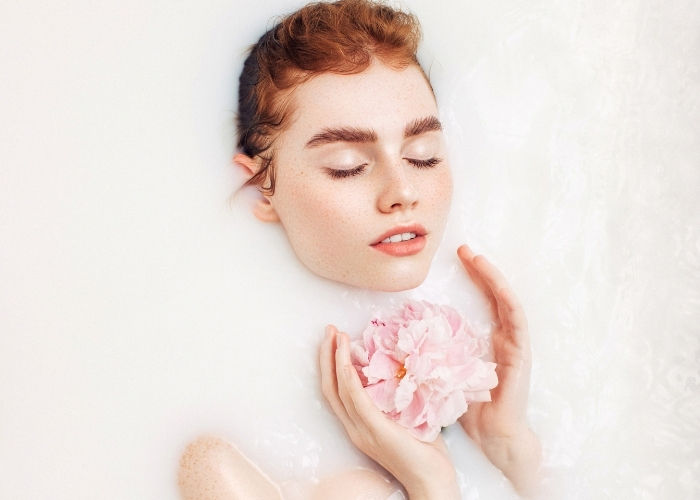
Pamper your skin with Milk Bath!
Milk bath, which has been one of the skin care rituals for centuries, has gained popularity again in recent years. Reward your skin with the beauty that comes from milk, products that are effective in skin care.
What is a milk bath, what are its benefits for the skin, how to make a milk bath at home? Here are all your questions about a milk bath!
What Is Milk Bath?
Milk bath is a bath prepared with milk in liquid or powder form. A milk bath helps moisturize, nourish and soothe the skin. The lactic acid in milk helps to clean dead skin and smooth skin appearance. It is thought to be beneficial especially for dry skin and skin conditions such as eczema and psoriasis.
The milk bath Continue reading our article to learn more about the benefits, how it can be done and the risks for the skin.
What Are The Benefits of Milk Bath?
Milk bath has been known in skin care for centuries. Milk has many benefits, from moisturizing to softening, skin rejuvenation and soothing. A milk bath relaxes and relaxes the skin. Especially recommended for dry skin. However, it can cause irritation and sensitivity on sensitive skin.
- It moisturizes the skin. Thanks to the proteins, fats, vitamins and minerals and lactic acid in milk, it softens and nourishes the skin.
- Refreshes the skin. The lactic acid in milk helps remove dead skin cells and makes your skin look smoother.
- Soothes the skin. It can help soothe redness, itching, sunburn, and inflammation, especially when added to oat milk.
- It creates a peeling effect on the skin. The lactic acid in milk acts like a mild alpha hydroxy acid that helps exfoliate the skin. In this way, it smoothes the texture of the skin. It removes the appearance of dry and rough skin.
- It helps heal sunburn. The proteins, fats, amino acids, vitamins A and D found in milk can be calming and soothing for sunburned skin. For best results, apply with aloe vera or another moisturizer.
- Reduces fine lines and wrinkles. It helps to reduce the signs of aging by supporting skin regeneration.
- It reduces stress on the skin.
In addition to the above benefits, a milk bath is thought to help heal skin conditions like eczema and psoriasis. Although there is not enough research on this, a milk bath has a soothing effect on inflamed and irritated skin. However, always consult your doctor before using milk baths for the treatment of skin conditions.
How To Make Milk Bath?
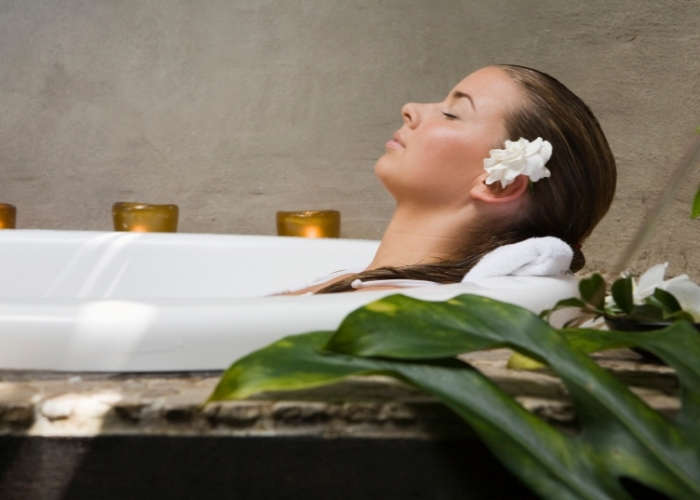
Making a milk bath at home is very easy. The first point to be considered before starting a milk bath is milk allergy. If you have reactions such as itching and redness when you drink milk, a milk bath may not be ideal for you.
If you are not allergic to the milk you use, you can safely take a milk bath. For this, add the milk of your choice to the warm bath water. Depending on the size of the tub, you can use 2-3 cups of milk. Then add carrier and essential oil to add fragrance and nourishment.
Coconut oil, jojoba oil, sweet almond oil from carrier oils; Lavender oil, rose oil, chamomile oil are among the most popular oils for milk bath. Now everything is ready to take a milk bath!Making a Milk Bath at Home
Making Milk Bath At Home:
Materials:
- 2 cups of milk
- 1 cup Epsom English salt
- 1 teaspoon of jojoba oil
- 5 drops of lavender essential oil
- 5 drops of rose essential oil
Preparation: Fill the tub with warm water. When the water reaches half the amount you want, add the ingredients to the water.
What Kind of Milk Can Be Used in a Milk Bath?
A milk bath has many benefits for the skin. Benefits vary depending on the type of milk we use. The most preferred types of milk in the milk bath are:
Whole Milk: Cow’s milk is the type of milk most commonly used in milk baths. It is both cheap and easy to find. It nourishes and moisturizes the skin.
Coconut Milk: Coconut milk contains lauric acid, a medium-chain fatty acid that has antimicrobial and anti-inflammatory properties and promotes skin health. It moisturizes the skin and supports collagen production.
Oat Milk: A milk bath prepared with oatmeal is vegan. It reduces the signs of aging. It has a soothing effect on skin problems such as dry skin and eczema.
Almond or Soy Milk: You can try an almond milk bath to soothe, moisturize and refresh your skin. Since almond milk is rich in fatty oils, it makes your skin feel soft and supple. However, nut milks and soy milk are good options for vegans.
Goat Milk: Goat milk is another type of milk commonly used in milk baths. It purifies the skin from dead skin, thanks to its antibacterial properties, it helps to moisturize your skin, reduce inflammation and heal acne.
Buttermilk: Buttermilk contains more lactic acid than any other milk. It creates a peeling effect on the skin. It smoothes the skin. Helps reduce the appearance of fine lines and wrinkles.
Skin Care Products for Milk Bath
Is Milk Bath Safe?
A milk bath is safe for most people. However, it is not suitable for everyone. Individuals with milk allergies should avoid milk baths. Even just contact with milk can cause allergic reactions such as itching and redness on the skin.
Any of the plant or animal-based milks can be an alternative for you. Do a patch test with the milk you want to use first to make sure it won’t cause any adverse skin reactions.
Also, if you have sensitive skin, lactic acid can cause irritation.
